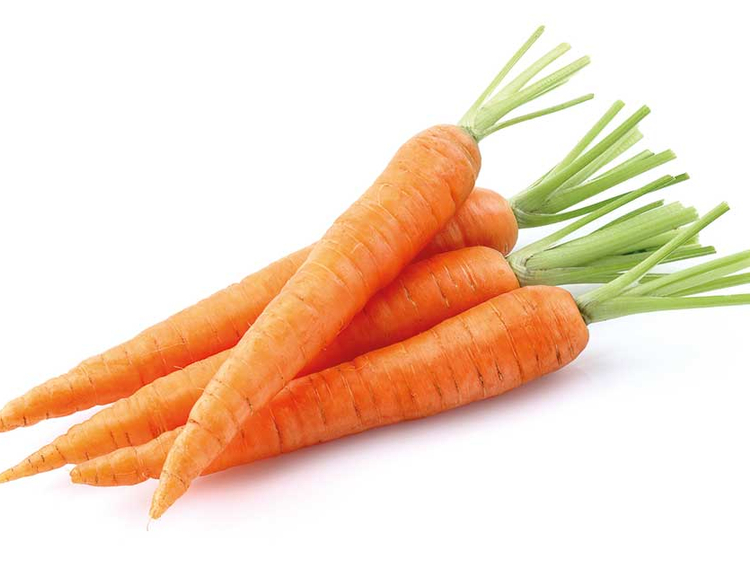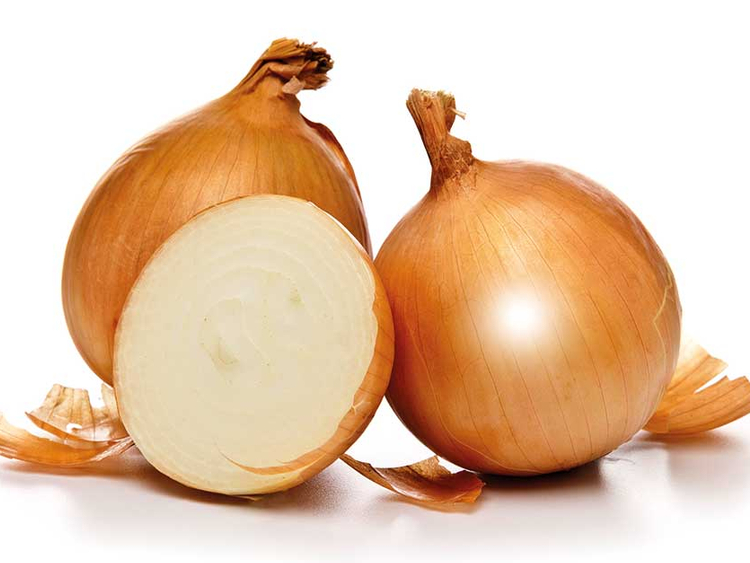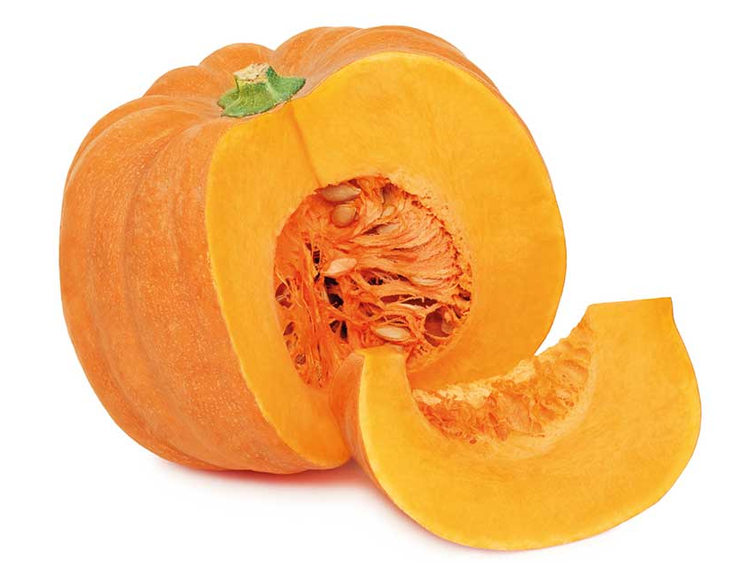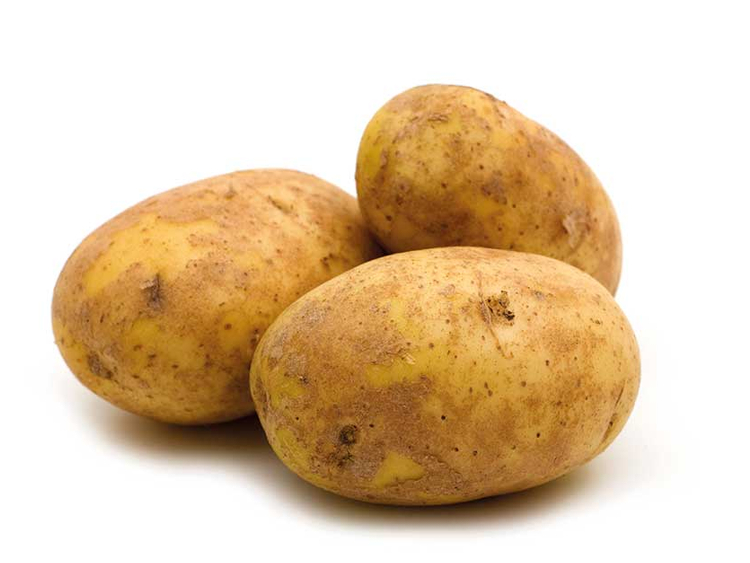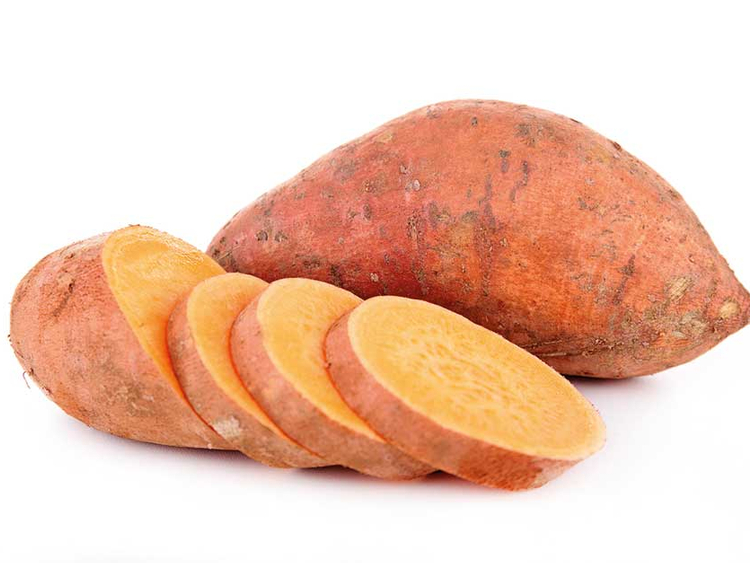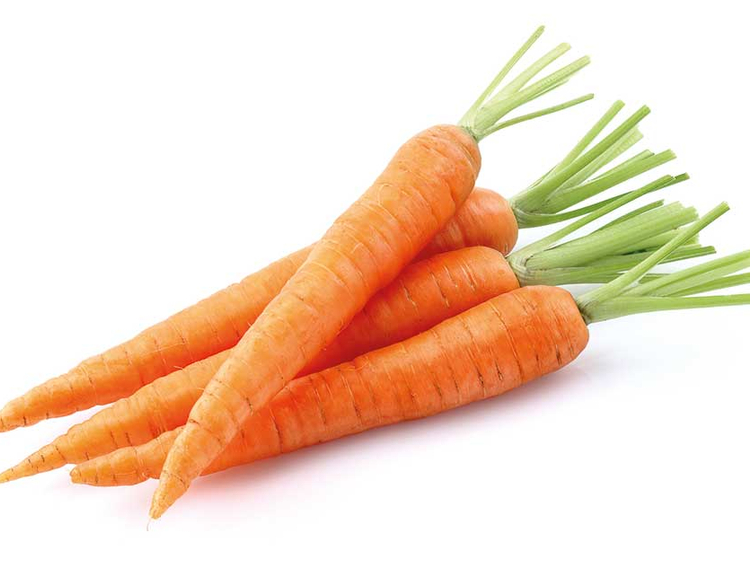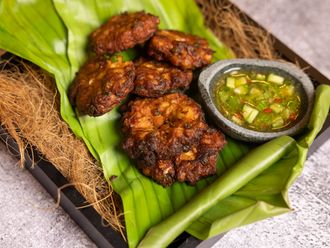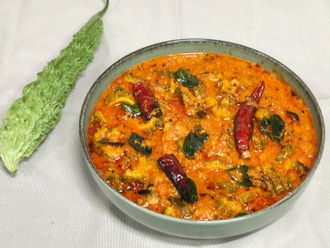Do most vegetables have nutrients in their peels? Yes. Does peeling reduce nutrition? Yes.
Check out how nutrient loss comes in when vegetables are peeled. Here are six examples.
Sweet potato

With skin: 100gm serving contains 2gm of protein, 3gm of fibre, and 20mg of vitamin C.
Without skin: Boiled, a process that further leaches away some of its nutrients, still boasts 1.4gm of protein, 2.5gm of fibre, and 13mg of vitamin C.
Potatoes

A potato’s skin packs more nutrients like iron, calcium, potassium, magnesium, vitamin B6 and vitamin C than the rest of the vegetable.
With skin: 100 grams of potato packs seven times more calcium and 17 times more iron than the same amount of potato flesh.
Without skin: We lose nearly 90% of iron content and half of its fibre.
Pumpkin

Studies have shown that pumpkin skin contains lutein, xanthin, and carotenes - pigments that have potential antimicrobial effect against yeast infections.
Onion

Like apple skin and mango skin, the outside of an onion’s skin contains quercetin. Although that skin is not directly edible, you can draw out some of those nutrients by adding it to stock.
Carrots

Ninety per cent of the carotene is present towards the outer most layer of carrots. Scrape off only the brown, muddy areas and washing it well in cold water helps retain the Vitamin A. Thin layer scarping without losing the dark orange colour also is preferable.
Cucumbers

Cucumber peels contain 40 per cent of the fibre, carotenes, Vitamin A and K, zeaxanthin, and lutein. Cucumber peel is a good source of dietary fibre that helps reduce constipation and offers some protection against colon cancers by eliminating toxic compounds from the gut.
What lies beneath
All fruits are rich sources of antioxidants such as vitamin A, C, the B complex range, soluble fibre, minerals like potassium and other phytonutrients.
“Nutrient content of [most] fruits is closer towards their skin. Peeling off the skin is equivalent to removing 3/4th of the nutrients and soluble fibre in them," says Dr Juliot Vinolia, clinical dietician and consultant nutritionist.
Vinolia shares these important points:
Peeling some fruits does, to some extent, eliminate pesticide residue. Particularly in fruits that have lesser water content and a thick cover.
Pesticides penetrate fruits that have more water content and a thin outer layer. Also, the volume of pesticide residue depends on the degree of pesticide exposure.
Ignorance of farmers regarding correct pesticide dosage leads to produce being more exposed to quantities of chemicals.



